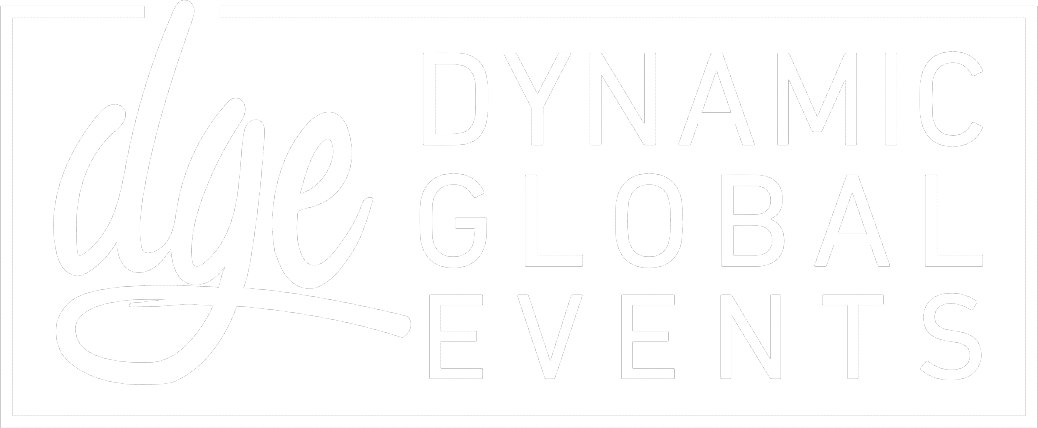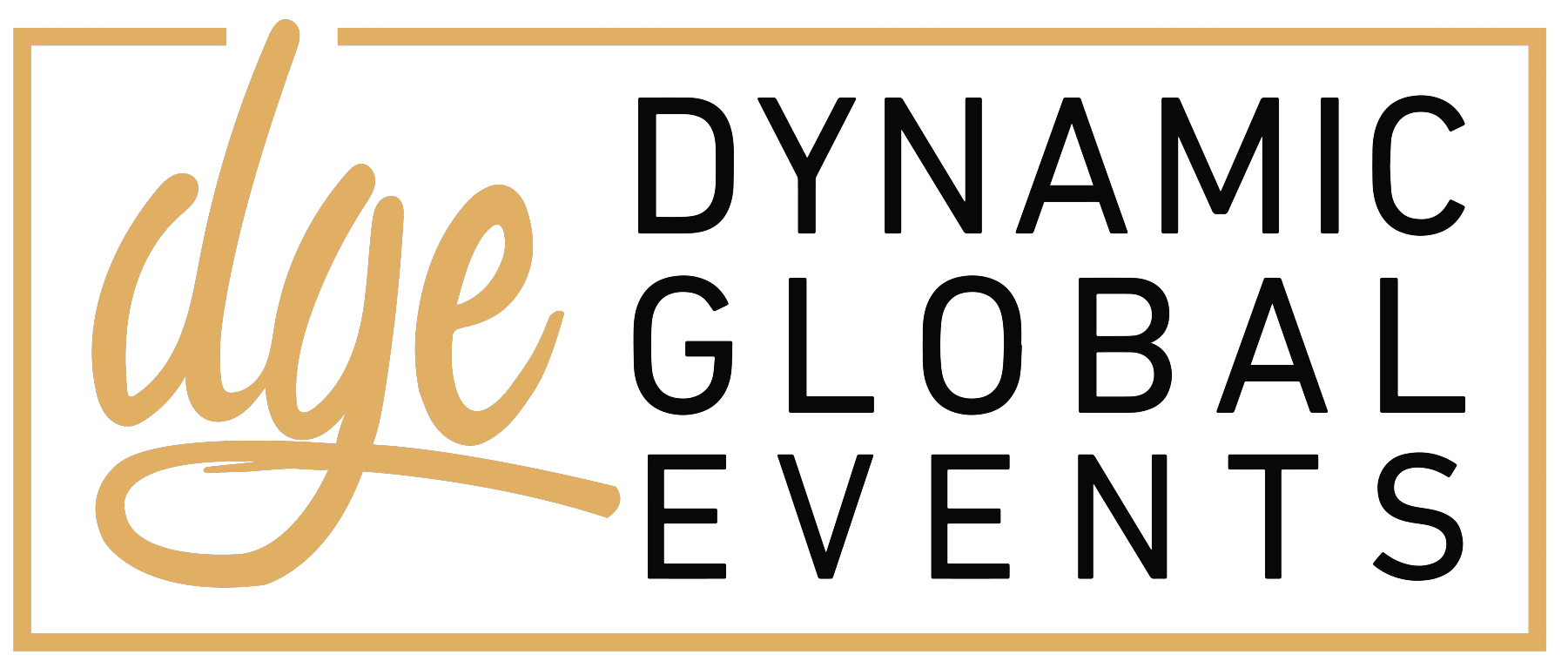Over the next decade, there is projected to be a 12.5% growth in the KOL market, transforming KOL engagement from a $65 billion to a $211 billion enterprise. To capitalize on this opportunity, you need state-of-the-art mapping that provides a clear picture of who the expert is, where their expertise lies, and how many people in your target audience you can potentially reach through KOLs’ followership. What are the best tactics for KOL mapping?
- Learn today’s strategies for KOL mapping
- Hear about key initiatives being implemented at the world’s top companies
- Leave customer relationship management to the sales teams
Only 36% of medical science liaisons confirm that their companies carry out cross-functional KOL engagement. Success in KOL engagement is largely dependent on the strength of a company’s internal operations. How do you cultivate a rapport between a medical affairs liaison and a marketing specialist?
- Get tips for starting internal conversations that strengthen interdepartmental ties
- Learn to limit internal problems that impact the KOL experience
- Utilize internal relationships for the betterment of engagement efforts
KOLs work with multiple departments within a company, communication with all departments is imperative to meet the overarching company goals, but simplicity is necessary so the KOLs always feel their involvement is worthwhile and manageable. With compliance in mind, how can teams work synergistically to engage KOLs for their different activities?
- Recognize how KOL demands will differ across teams
- Hear the pitfalls of cross-function KOL engagement
- Successfully create interdepartmental synergy to improve your KOL engagement
From a collaborative and cross-functional perspective, therapeutic success will be strongly shaped by how well KOLs, NPs, and PAs understand and can champion your message in their fields. The targeting of these experts should be just as specific. How can segmenting the target audience help you fine-tune your engagement?
- Develop an understanding of clinician influence type and when to utilize it
- Master the science of strategic audience categorization
- Learn when and how to apply segmentation to select the appropriate KOLs
Shorter trial design timelines, and more streamlined flow of product information to patients are two ways advanced practice providers excel in the KOL role. Both NPs and PAs can be well-known and highly respected in their clinical environments, well able to influence patient groups. What are the best instances to select NPs and PAs as KOLs?
- Understand the unique abilities of NPs and PAs
- Organize your company, brand, or product information around each expert
- Lead your company into the future of KOL engagement with the most suitable influencers
Failure to engage KOLs through digital-based social channels is failure to engage the next generation of leaders in pharmaceuticals, biotechnology, and or medical devices. As the favorite KOLs in every therapeutic area continue to retire, new experts are needed. Meeting KOLs where they are does not have to be inconvenient for either party. What are the best ways to approach KOL engagement digitally versus in-person?
- Analyze how peers have seamlessly transferred KOLs from virtual to in-person work
- Understand the digital channels most important for reaching KOLs in the virtual setting
- Get tips for altering programs to meet the unique needs of KOLs
Experience with KOL engagement varies depending on one’s job function and the tasks KOLs are required to carry out. A lasting and mutually beneficial relationship does not look the same for medical affairs professionals as it does for marketing or sales professionals. What are the experiences of other professionals and how can the experiences be referenced for future work?
- Hear what makes the difference between successful early outreach and long-term maintenance
- Recognize the key threshold points in a relationship
- Intertwine their career with yours
- Identify the unique needs of APP's and provide appropriate resources cross-functionally
- Foster partnerships with APP organizations
- Identify opportunities for APP education and networking
- Support APP's as peer educators & thought leaders
There are different rules for engaging with NPs and PAs compared with physicians. Once professionals know the rules, how can they ensure that the entire team is compliant in its engagement with NPs and PAs?
- Realize the similarities and differences in complying with advance practice professional engagement and KOL engagement
- Track and apply recent regulatory updates
- Develop a plan of action for changing directions once updates are announced
On the heels of the COVID-19 pandemic, professionals still struggle to re-engage KOLs whose companies limited their travel and activity during the pandemic. Each KOL has different needs and expectations when working with pharmaceutical, biotechnology, and/or medical device companies. What are the centralized recommendations for KOL re-engagement?
- Identify the unique needs of KOLs, NPs, and PAs as it relates to company relationships
- Learn fail-proof re-engagement tactics
- Gather the latest recommendations for KOL engagement directly from peers
Properly-targeted KOL strategy can be adapted to every phase of your business needs, from launch activities to disease state education to leading congresses. Specifically within oncology programs, your strategy will need to be specialized around three potential target groups: high-profile KOLs, academic COEs, and HCPs who may treat the disease only infrequently and who usually refer patients to larger groups.
- Develop and modify oncology KOL databases using internal and external data in order to provide a versatile resource that can be used cross-functionally for pre-launch activities
- Stratify the different tactics and success metrics for each of the three key subgroups
- Review applicability of visualization platforms for metrics reporting
















